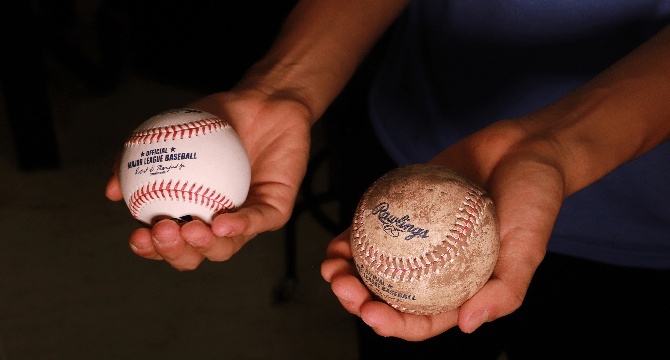Popsci
1M
441

Image Credit: Popsci
Baseball’s legendary ‘magic mud’ finally analyzed by scientists
- Baseball’s iconic “magic mud” has had its unique properties scientifically quantified in a new study published in the journal Proceedings of the National Academy of Sciences.
- The mud improves the grip on the ball, can dull the shine on a new ball, and keep it from getting damaged.
- The mud, Lena Blackburne Baseball Rubbing Mud, has been harvested since the 1930s by the Bintliff family in a secret location along the Delaware River estuary in southern New Jersey.
- Sportswriter Matthew Gutierrez asked the group at Penn to analyze mud’s composition and flow behavior to see if the mud actually makes balls perform better, as players claim.
- By 2021, a University of Pennsylvania scientist examined the mud using three different experiments and found that the mud's combination of stickiness, spreadability and friction let pitchers get a great grip on the ball.
- But once it dries, the mud provides friction due to the sparse amount of sand present in it. The mud's consistency and combination of properties surprised the researchers.
- MLB has considered replacing the magic mud with synthetic lubricants, but none of them have replicated the natural mud's properties.
- The researchers hope their work can lead to more study of mud properties and an understanding of erosion, and further the study of looking to natural substances for more sustainable materials.
- Nature creates these materials and we were able to look at their mechanical properties,” says Shravan Pradeep.
- “So there are other materials out there which we don’t know what they do, but have exotic mechanical or transport properties that we might want to look at. They could be an inspiration for a different group of lubricants or gripping materials to engineer them.”
Read Full Article
26 Likes
For uninterrupted reading, download the app